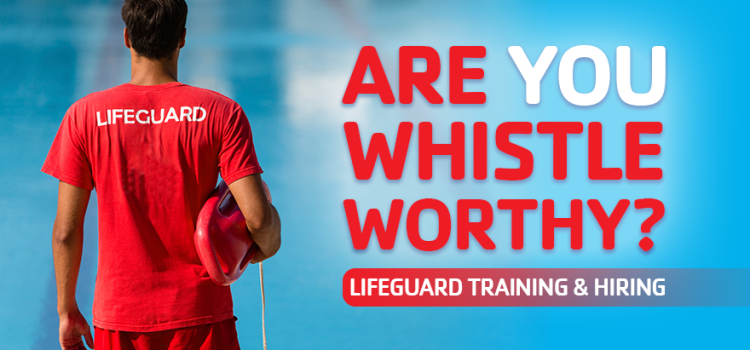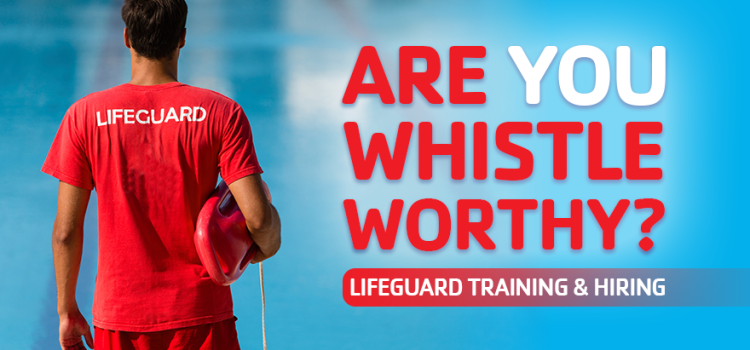
Becoming a certified lifeguard is more than just learning how to swim or rescue someone in distress—it’s about becoming a responsible safety professional who can protect lives in aquatic environments. Whether you’re looking to work at a pool, beach, or waterpark, getting certified quickly and correctly is the first step. This guide breaks down everything you need to know about lifeguard certification in a simple and professional format.
1. Understand What Lifeguard Certification Involves
Lifeguard certification is a structured training program that equips individuals with the skills needed to prevent and respond to aquatic emergencies. It typically includes:
-
CPR and AED Training: You’ll learn how to respond to cardiac emergencies using CPR techniques and Automated External Defibrillators.
-
First Aid Skills: Training includes treating wounds, fractures, heat-related illnesses, and other common emergencies.
-
Water Rescue Techniques: Candidates are taught how to perform rescues in both shallow and deep water safely.
-
Surveillance and Risk Assessment: Lifeguards must remain vigilant. Training includes strategies to spot trouble before it becomes an emergency.
These core components ensure you’re prepared to act quickly and effectively in a wide range of emergency scenarios.
2. Prerequisites You Must Meet
Before enrolling in a lifeguard certification program, candidates must meet a few basic requirements:
-
Minimum Age Requirement: Most programs require you to be at least 15 years old.
-
Swimming Ability: You’ll typically need to pass a swim test involving timed laps, diving to retrieve objects, and treading water without hands.
-
Physical Fitness: A basic level of endurance and strength is required to complete rescues and handle emergency scenarios effectively.
Meeting these prerequisites ensures you’re ready to succeed in training.
3. Choose the Right Lifeguard Certification Program
With various organizations offering lifeguard certification, it’s crucial to choose one that aligns with your employment goals. Key considerations include:
-
Accreditation and Recognition: Select a program that meets local, state, or national standards and is widely accepted by employers.
-
Course Format: Choose between in-person, blended (online and in-person), or accelerated courses based on your availability and learning preferences.
-
Duration of Course: Some programs offer fast-track certifications that can be completed in as little as 1–3 days if you’re already prepared.
Choosing the right program sets the foundation for a successful and efficient training experience.
4. What to Expect During Training
Training is both theoretical and practical. Here’s what a typical course includes:
-
Classroom Sessions: Cover emergency response theory, anatomy, and safety protocols.
-
In-Water Drills: Practice rescue techniques, victim approach, and extrication.
-
Scenario-Based Learning: Simulated emergencies help build confidence and reinforce quick thinking.
-
Written and Practical Exams: You must pass both to earn your certification.
Training is designed to simulate real-life emergencies and develop decision-making under pressure.
5. How to Get Certified Fast
If you’re looking to complete your certification quickly, follow these tips:
-
Prepare in Advance: Brush up on swimming and CPR basics before enrolling.
-
Take a Blended Course: Online modules allow you to complete theoretical portions at your own pace, speeding up the in-person component.
-
Choose Accelerated Programs: Some organizations offer intensive weekend or multi-day formats.
-
Stay Focused and Committed: Avoid distractions during training to ensure you pass assessments on the first attempt.
Efficiency is about being prepared and choosing a format that matches your learning style.
6. Cost and Certification Validity
Certification costs vary depending on location and course provider, but generally fall between $150 to $350. Here’s what to keep in mind:
-
Check What’s Included: Some fees cover books, materials, and CPR certification—others may not.
-
Validity Period: Most certifications are valid for two years. After that, a recertification course is required.
-
Renewal Options: Some programs offer short recertification classes to keep your skills and credentials current.
Investing in a quality course can save money and time in the long run.
7. Job Opportunities After Certification
Once certified, you’ll be qualified for jobs in various settings:
-
Public and Private Pools
-
Waterparks
-
Beaches and Lakes
-
Camps and Resorts
-
Fitness Centers and Hotels
Having a valid lifeguard certification makes you a competitive candidate for summer jobs, year-round positions, and leadership roles like head lifeguard or aquatic supervisor.
8. Lifeguard Responsibilities Beyond the Pool
Certification is just the beginning. Lifeguards must maintain their skills and stay alert on the job. Your ongoing responsibilities include:
-
Daily Equipment Checks
-
Clear Communication with Patrons
-
Continuous Surveillance
-
Enforcing Rules Consistently
-
Participating in Ongoing Training and Emergency Drills
Professional lifeguards are trusted safety leaders and role models in their communities.
9. Staying Certified and Up to Date
To remain certified and job-ready:
-
Attend Annual In-Service Training: Most employers require periodic refreshers.
-
Recertify on Time: Don’t wait until your certification expires—schedule a recertification course in advance.
-
Stay Informed: Rules, rescue protocols, and first aid techniques evolve. Continue learning to remain effective.
A commitment to continuous education enhances your performance and employability.
Conclusion
Getting lifeguard certified doesn’t have to be overwhelming. By understanding the process, preparing in advance, and choosing the right program, you can get certified quickly and confidently. This certification not only qualifies you for a wide range of job opportunities but also empowers you to make a difference by protecting lives. Whether you’re pursuing a summer job or a long-term aquatic career, lifeguard certification is your first step toward becoming a water safety professional.









